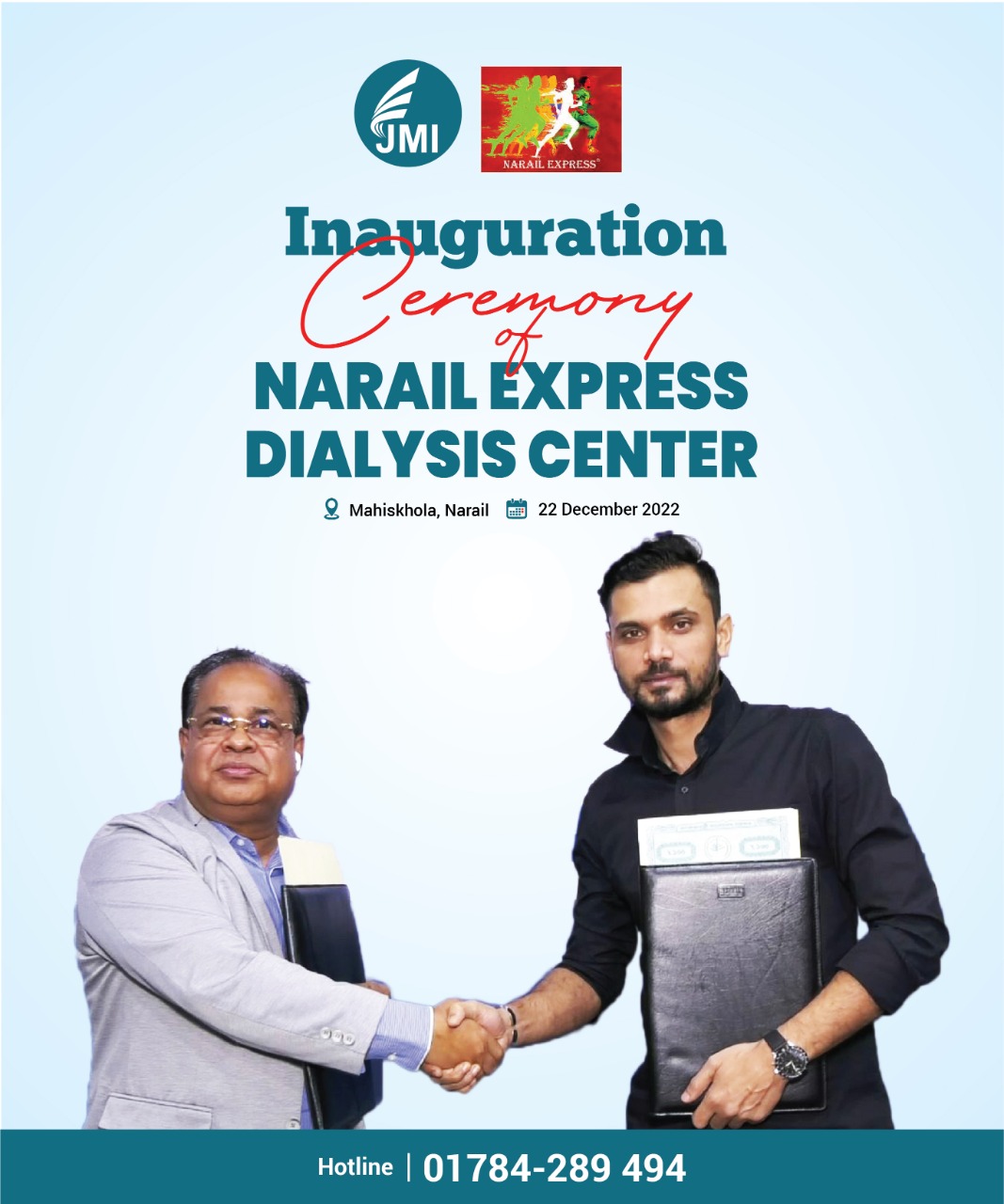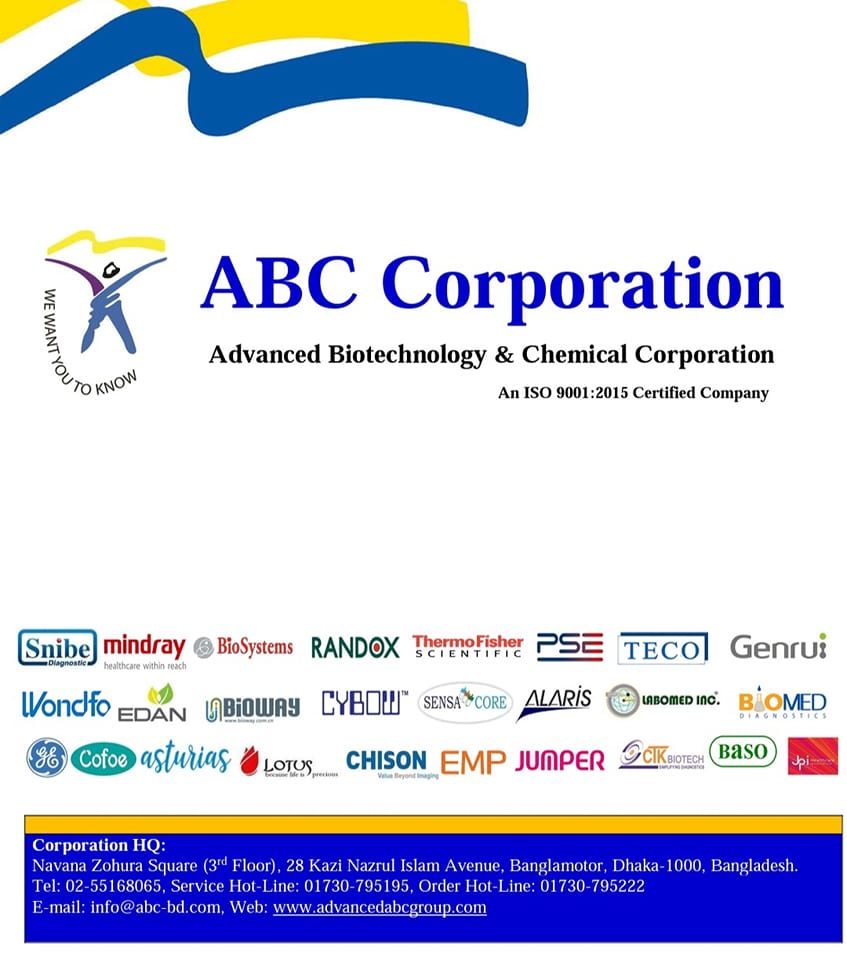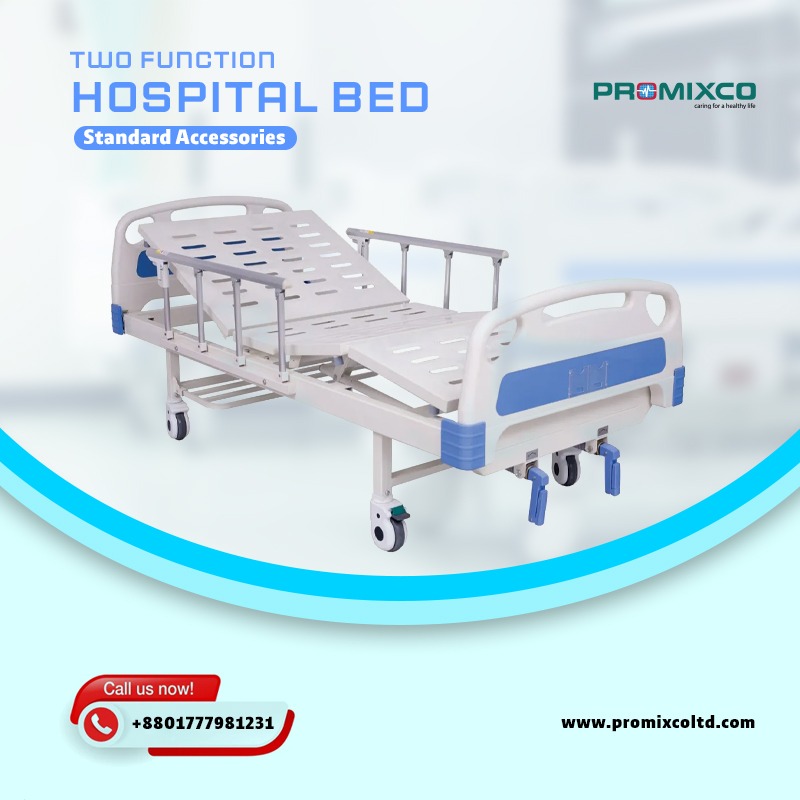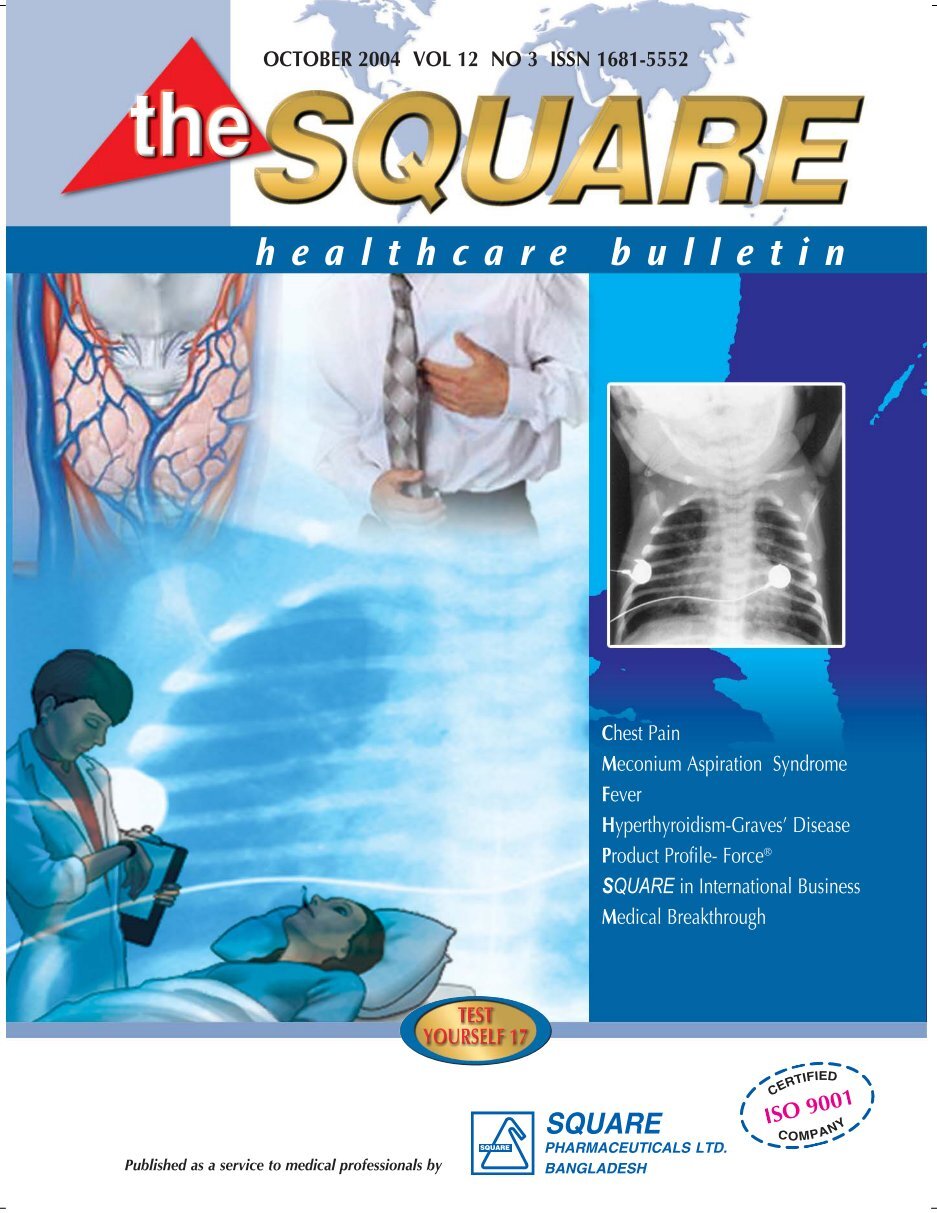Defibrillators: Essential Medical Devices for Cardiac Emergency Response
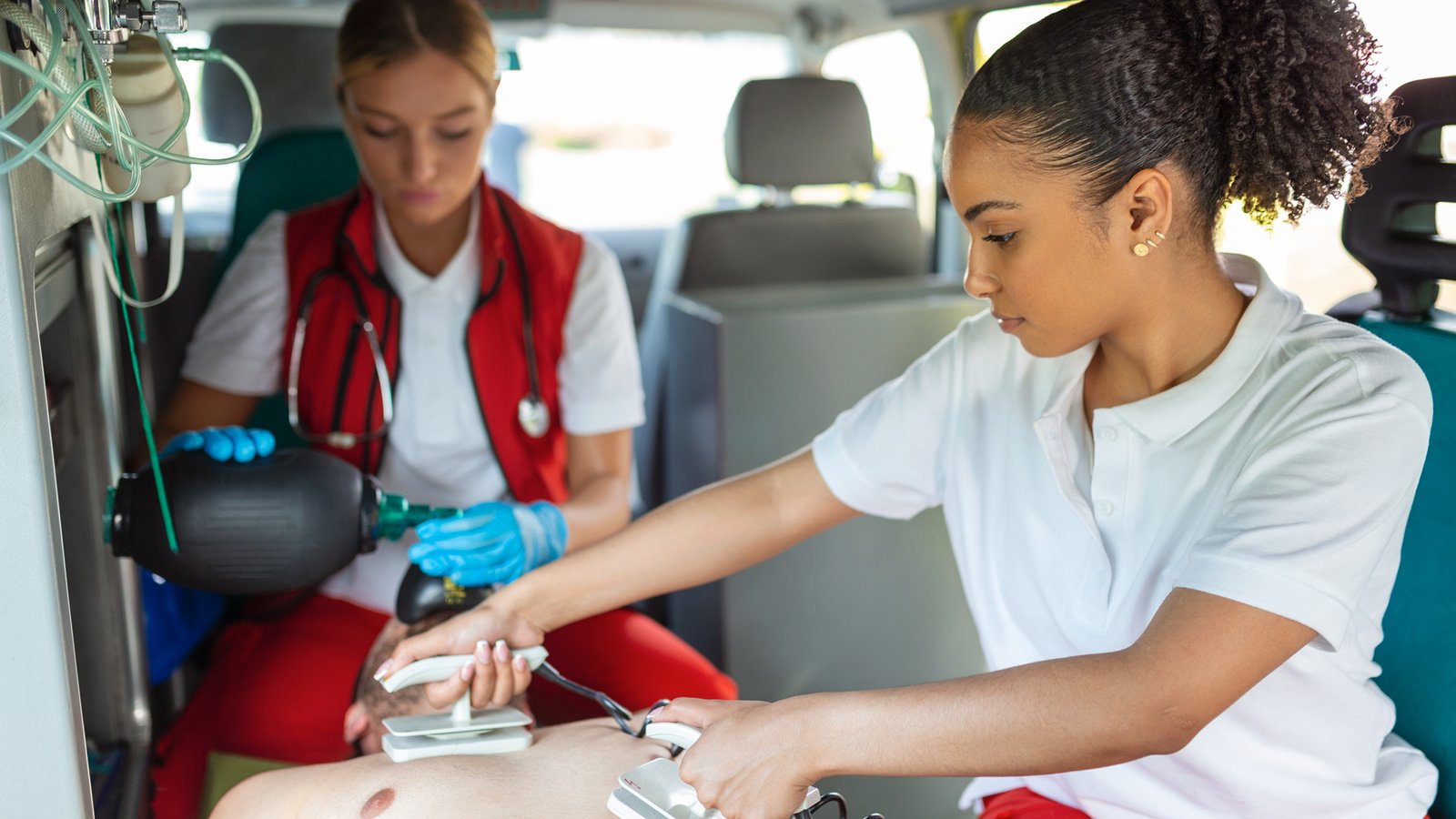
Introduction:
Defibrillators are indispensable medical devices that play a crucial role in responding to cardiac emergencies. These life-saving devices are designed to deliver an electric shock to the heart in cases of sudden cardiac arrest (SCA), restoring its normal rhythm. This article explores the importance of defibrillators, their functionality, different types, and the impact they have on improving survival rates in cardiac emergencies.
Understanding Cardiac Emergencies:
Cardiac emergencies, such as SCA, occur when the heart’s electrical system malfunctions, leading to an abnormal rhythm or the heart stopping altogether. Without immediate intervention, these conditions can be fatal. Defibrillators are critical in restoring the heart’s normal rhythm and improving the chances of survival.
Functionality of Defibrillators:
Defibrillators operate by delivering an electrical shock to the heart through paddles or electrode pads placed on the patient’s chest. The shock interrupts the abnormal heart rhythm, allowing the heart to reset and hopefully resume its normal electrical activity. Automated External Defibrillators (AEDs) are user-friendly devices that provide clear voice prompts and visual instructions to guide users through the resuscitation process.
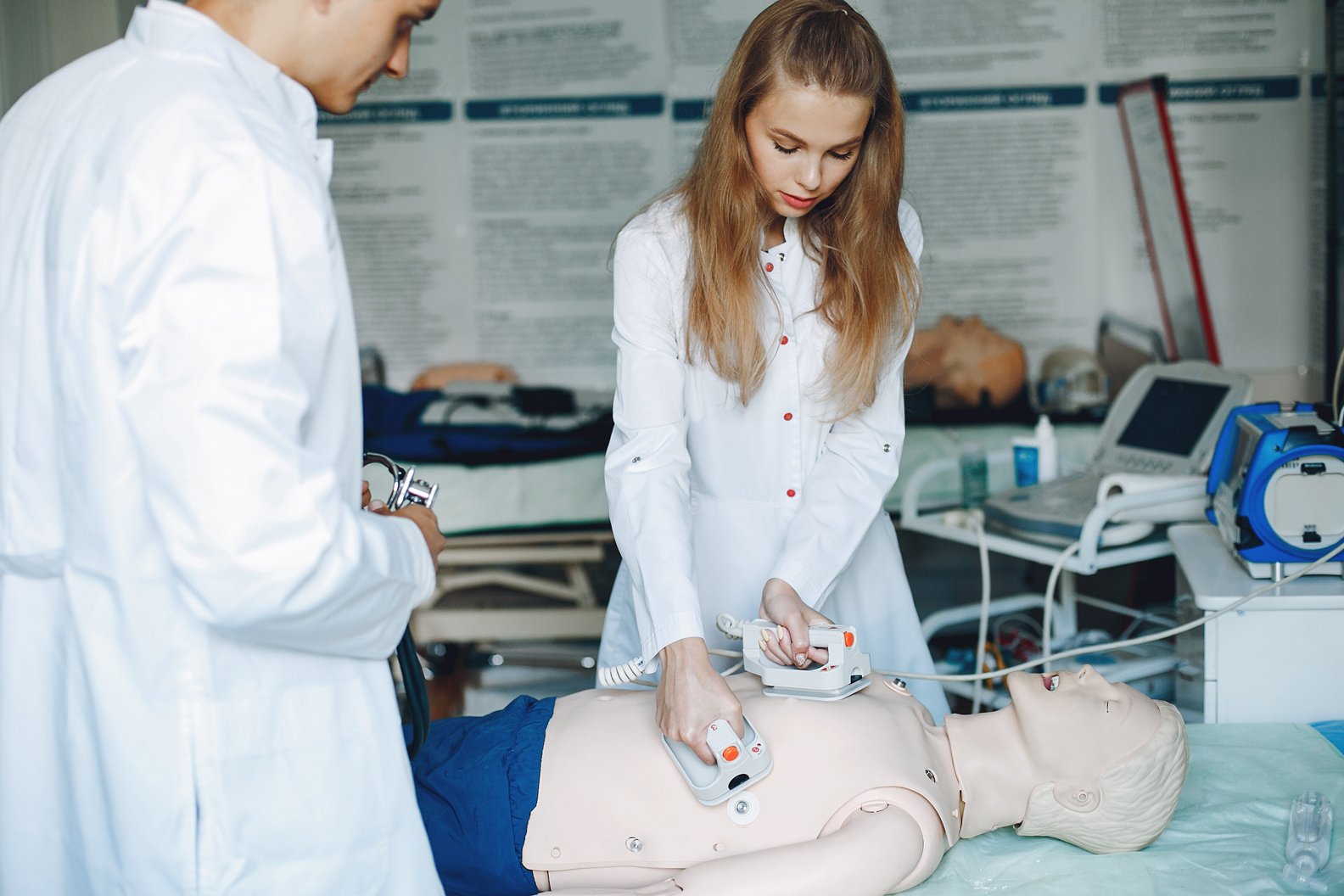
Types of Defibrillators:
a. Automated External Defibrillators (AEDs): AEDs are portable devices commonly found in public places, such as airports, schools, and shopping centers. They are designed for use by laypersons and provide step-by-step instructions for proper use. AEDs analyze the heart’s rhythm and deliver a shock if necessary.
b. Manual Defibrillators: Manual defibrillators are used in healthcare settings, such as hospitals and ambulances. They offer more advanced features, allowing healthcare professionals to assess the patient’s condition, interpret electrocardiogram (ECG) readings, and manually deliver controlled shocks as required.
Impact on Survival Rates:
a. Timely Intervention: Rapid defibrillation is crucial in cardiac emergencies. The use of defibrillators within the first few minutes of SCA significantly improves the chances of survival. For every minute that passes without defibrillation, the survival rate decreases by approximately 7-10%.
b. Accessibility: The widespread placement of AEDs in public spaces increases the accessibility of defibrillators in emergency situations. Quick access to these devices ensures early defibrillation, which is critical for positive outcomes.
c. Increased Awareness and Training: The presence of defibrillators in public places and the emphasis on CPR and AED training programs help raise awareness about cardiac emergencies and equip individuals with the skills needed to respond effectively.
d. Integration with Emergency Medical Services (EMS): Defibrillators used by EMS providers play a crucial role in pre-hospital care. These devices facilitate rapid intervention, allowing EMS teams to assess and treat patients en route to the hospital, further improving the chances of survival.
Challenges and Considerations:
a. Maintenance and Training: Regular maintenance, battery replacement, and staff training are essential to ensure the proper functioning of defibrillators. It is crucial to have trained individuals who can operate the devices correctly and perform CPR alongside defibrillation.
b. Public Awareness: Continued efforts are needed to educate the public about the importance of defibrillators, their locations, and how to respond during a cardiac emergency. Widespread knowledge and confidence in using defibrillators can save lives.
Conclusion:
Defibrillators are essential medical devices for responding to cardiac emergencies. Their ability to restore normal heart rhythm through timely defibrillation is crucial for improving survival rates. AEDs in public places and the integration of defibrillators with EMS systems contribute significantly to increasing accessibility and ensuring prompt intervention. Continued efforts in public awareness, training, and maintenance of def




